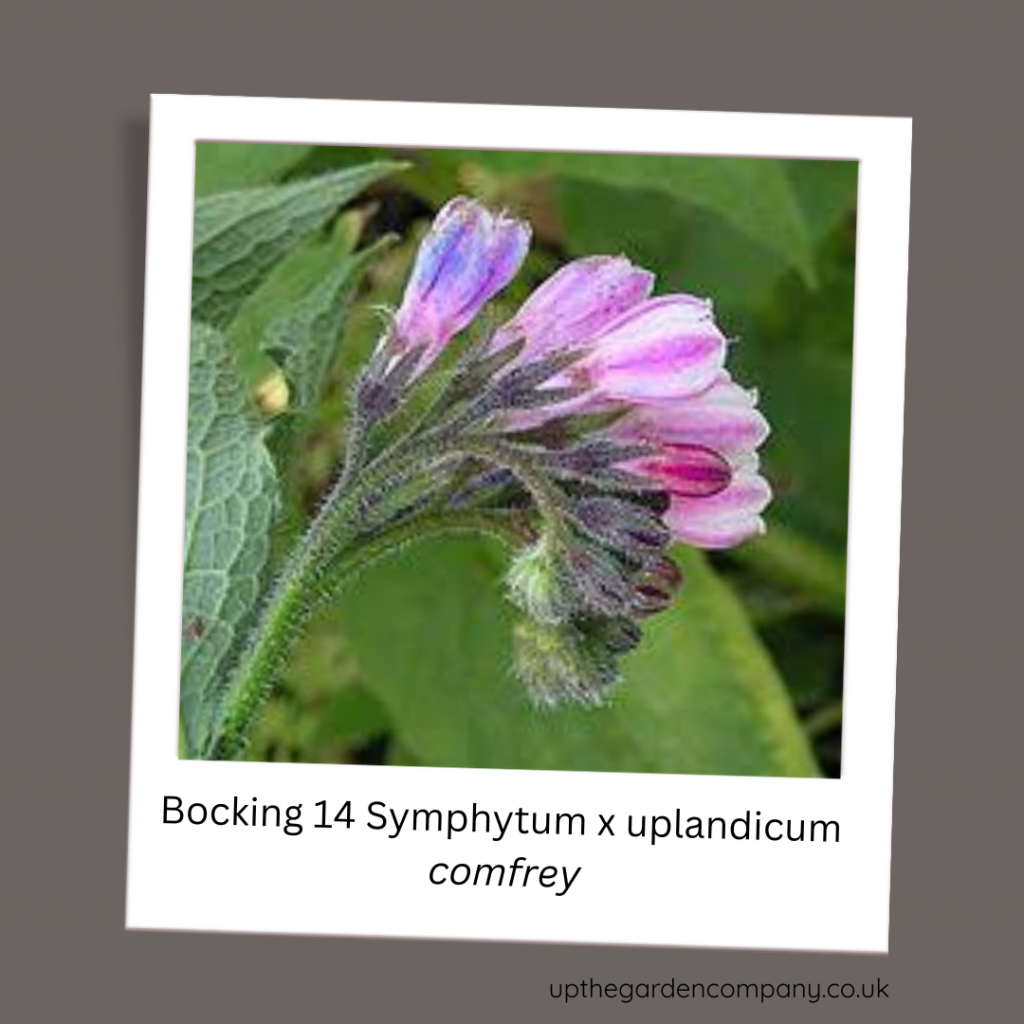A tidy, well-organised shed can be a gardener’s best friend and a family’s haven for outdoor gear. Whether you’re storing gardening essentials or kids’ outdoor toys, having a system in place will make your shed far more practical and enjoyable to use. Here’s how you can transform your shed into a beautifully organised space with room for all your essentials.

Start with a Clear-Out
Begin your shed organisation project by removing everything from the shed. This will give you a blank canvas to work with and help you see the available space more clearly. Take the time to sort through your items, deciding which to keep, donate, or throw away. Old, dried-out paint or broken tools can go, while duplicate items might find a home elsewhere.
Divide and Conquer
Before putting anything back, think about how you want to use your shed. Group similar items together so you’ll know exactly where to find everything when you need it. Here are a few common categories to consider:
- Gardening tools and equipment
- Flower pots and canes
- Screws, nails and other small hardware
- DIY materials (such as leftover paint pots)
- Seasonal items
- Children’s garden games and toys
Having clear categories makes it easier to allocate space effectively.
Smart Storage Solutions for Every Item
Now comes the fun part—using clever storage ideas to maximise the functionality of your shed.
Keep Long-Handled Tools Handy
For rakes, spades and hoes, install a wall-mounted tool rack or add hooks to one side of your shed. This keeps tools upright, visible and easy to grab when you’re in a hurry. A simple DIY solution could involve securing a sturdy piece of wood across the wall and adding hooks or brackets.
Set Up a Potting Bench
Every gardener needs a dedicated spot for potting plants. Consider installing a potting bench with built-in drawers or shelves. These can hold smaller tools such as trowels, gloves and seed packets, as well as your bag of compost.
Organise Screws and Nails
Those tiny bits and bobs, like screws, nails and hooks, can quickly become a nightmare if left jumbled together. Use a small parts organiser or repurpose old jars to neatly store these items. Label each compartment or jar for effortless access.
Tidy Up Flower Pots and Canes
Stack flower pots into each other to save space, keeping them in a corner or under a bench. Large pots can double as storage spaces for canes and stakes—just stand them upright inside for a tidy finish.
Store Old Paint Pots with Care
If you’re keeping paint pots for future touch-ups, make sure they’re stored correctly. Wipe the rims clean and tightly seal the lids to prevent drying out. Use shelving to keep these items off the floor, and label the pots for easy identification later.
Create Kid-Approved Storage
For children’s garden toys and games, consider adding a few colourful plastic bins that your kids can easily reach. Labelling these as “Toys” or “Garden Fun” adds a playful touch and ensures they know where to put items back.
Park the Lawn Mower Efficiently
Your lawn mower can take up significant space, so assign it a specific spot. You might create a small ramp to lift it slightly off the floor, freeing up space beneath for smaller items.
Add Final Touches for a Personalised Space
Your shed is now functional—but why stop there? Add small touches to make it an inspiring space to work or play in. Hang a small chalkboard for tracking gardening to-do lists or a pegboard to keep tools visible and neatly arranged. A tiny vase of flowers or a cheerful outdoor rug can add a bit of charm to your shed.
Enjoy Your Organised Shed
Now, your shed isn’t just a storage spot—it’s a carefully planned space that serves you and your family’s needs. Whether you’re grabbing a trowel for some weeding, finding the perfect flower pot or setting up an outdoor game for the family, everything is exactly where it belongs.
The key to keeping your shed organised is maintaining the system you’ve set up. Regularly clear out items you no longer need and return tools and toys to their proper places after use.
Your shed’s transformation doesn’t just save space—it also brings a sense of calm and possibility to your gardening routine and outdoor activities. Start organising today and watch your shed become a space you truly love!
Further Reading: How to Choose the Perfect Shed, Maintaining your Garden Tools, How to Declutter your Home









